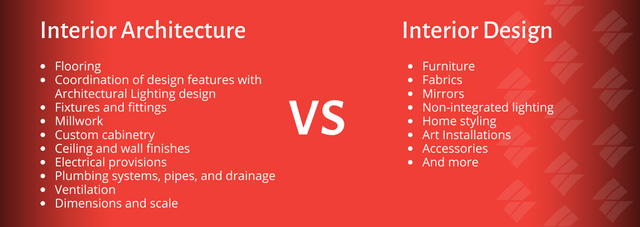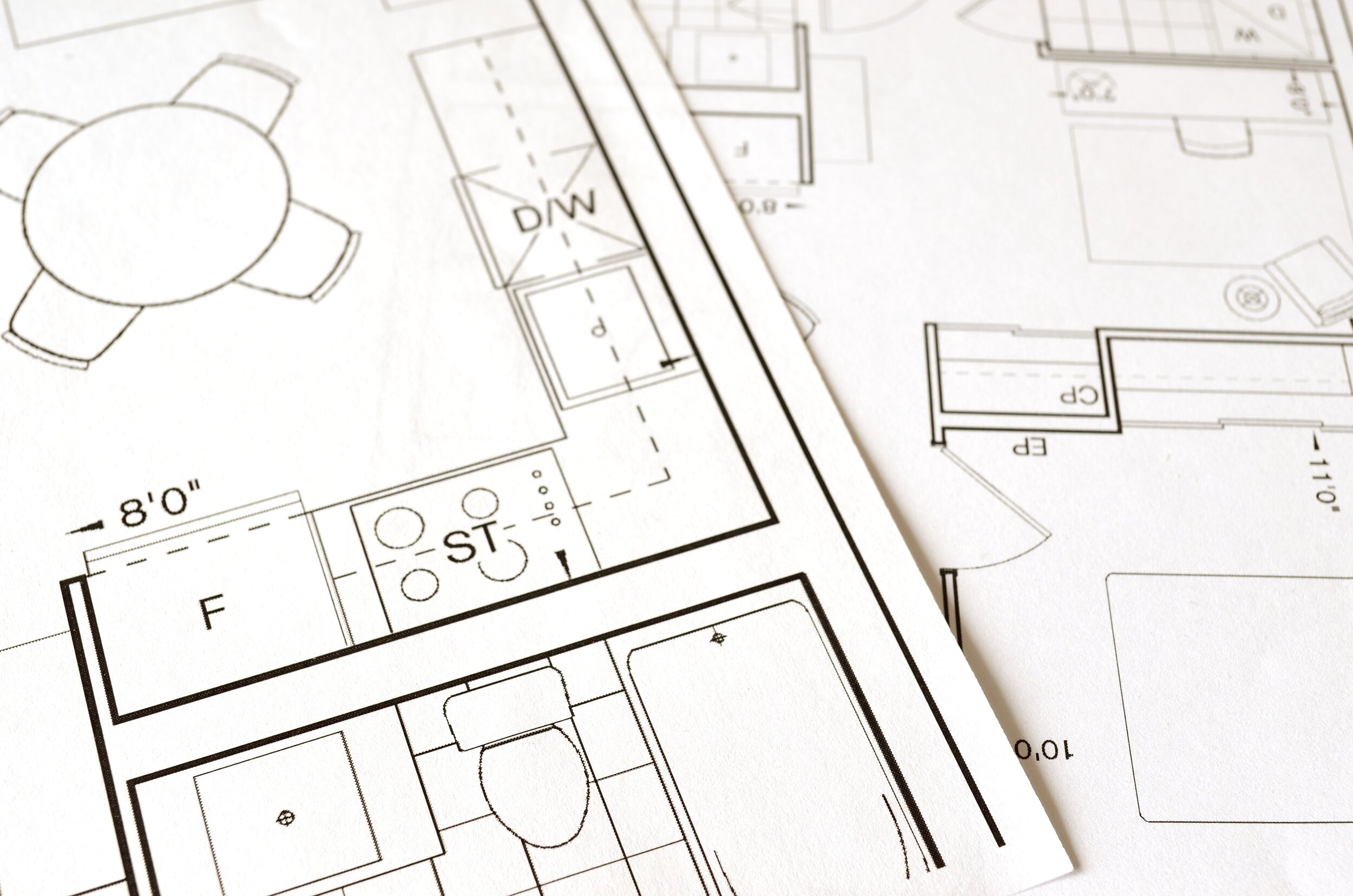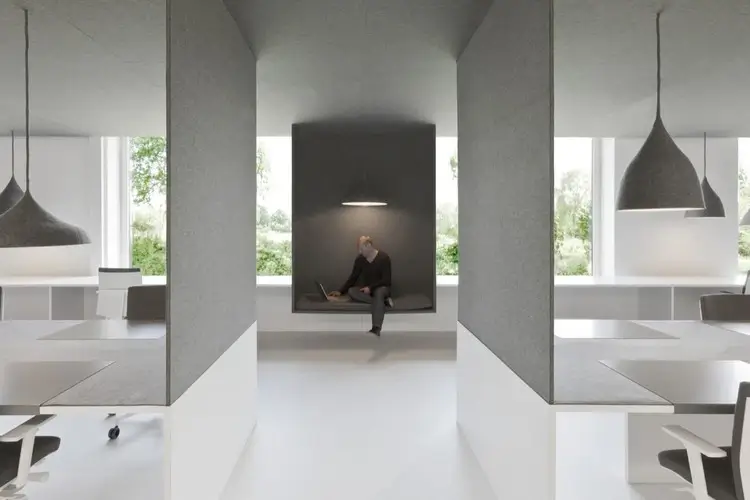How to Find Top Premium Residential Architect Services Near You
The Art of Balance: Exactly How Interior Design and Home Architect Collaborate for Stunning Results
In the realm of home design, striking an equilibrium in between aesthetic appeals and capability is no tiny task. This delicate balance is accomplished with the harmonious collaboration in between indoor developers and designers, each bringing their one-of-a-kind experience to the table. Keep with us as we check out the intricacies of this joint procedure and its transformative influence on home design.
Understanding the Core Distinctions Between Inside Style and Home Architecture
While both Interior Design and home style play necessary functions in producing visually pleasing and functional areas, they are naturally various techniques. Home design primarily focuses on the architectural elements of the home, such as constructing codes, safety laws, and the physical building of the room. It handles the 'bones' of the structure, functioning with spatial measurements, bearing walls, and roof covering layouts. On the various other hand, Interior Design is more worried with improving the sensory and aesthetic experience within that framework. It entails picking and arranging furniture, picking color design, and incorporating decorative aspects. While they work in tandem, their duties, obligations, and areas of competence deviate substantially in the creation of a harmonious home atmosphere.
The Harmony In Between Home Style and Interior Decoration
The synergy in between home design and Interior Design hinges on a shared vision of style and the enhancement of useful visual appeals. When these two areas straighten sympathetically, they can transform a home from common to phenomenal. This collaboration needs a much deeper understanding of each technique's concepts and the capacity to create a cohesive, visually pleasing atmosphere.
Unifying Style Vision
Linking the vision for home style and Interior Design can produce an unified home that is both useful and cosmetically pleasing. The equilibrium starts with an incorporated way of thinking; architects and interior designers collaborate, each bringing their knowledge. This unison of ideas creates the style vision, a blueprint that overviews the task. This common vision is vital for consistency throughout the home, ensuring a liquid shift from exterior design to indoor areas. It promotes a synergistic approach where building aspects complement Interior Design elements and vice versa. The result is a natural living room that shows the house owner's lifestyle, preference, and character. Therefore, unifying the design vision is vital in mixing design and Interior Design for sensational outcomes.
Enhancing Practical Appearances
How does the synergy in between home architecture and indoor style improve practical looks? Engineers lay the foundation with their structural design, guaranteeing that the space is practical and efficient. An engineer may develop a house with high ceilings and big windows.
Relevance of Collaboration in Creating Balanced Spaces
The collaboration in between interior developers and architects is crucial in producing balanced areas. It brings harmony between design and design, bring to life spaces that are not just aesthetically pleasing yet additionally practical. Exploring effective collaborative methods can offer understandings into how this harmony can be efficiently attained.
Harmonizing Style and Architecture
Equilibrium, an important element of both Interior Design and style, can just truly be achieved when these 2 areas operate in consistency. This consistency is not just a visual factor to consider; it affects the capability, sturdiness, and inevitably, the livability of a space. Interior engineers and designers should recognize each various other's roles, appreciate their expertise, and connect efficiently. They have to consider the interplay of structural aspects with style, the circulation of areas, and the influence of light and shade. This collaborative process leads to a cohesive, well balanced style where every aspect has a purpose and contributes to the general visual. Consequently, integrating design and architecture is not nearly developing beautiful spaces, but about crafting spaces that work flawlessly for their residents.
Effective Joint Methods

Instance Studies: Successful Assimilation of Style and Style
Checking out a number of case research studies, it becomes noticeable how the effective integration of Interior Design and architecture can change an area. The Glass Residence in Connecticut, renowned for its minimalistic sophistication, is one such example. Designer Philip Johnson and interior developer Mies van der Rohe collaborated to produce a harmonious equilibrium in between the interior and the framework, resulting in a smooth flow from the exterior landscape to the internal living quarters. Another prototype is the Fallingwater Residence in Pennsylvania. Architect Frank Lloyd Wright and indoor designer Edgar Kaufmann Jr.'s collective initiatives result in an amazingly unique home that mixes with its natural environments. These instance studies underline the extensive influence of a successful style and style cooperation.

Overcoming Challenges in Design and Style Partnership
Regardless of the undeniable advantages of a successful partnership in between Interior Design and design, it is not without its obstacles. Interaction issues can arise, as both celebrations may utilize different terms, understandings, and methods in their work. This can lead to misconceptions and hold-ups in project conclusion. Another significant challenge is the harmonizing act of aesthetic appeals and functionality. Designers may prioritize architectural honesty and security, while developers focus on convenience and design. The integration of these goals can be intricate. Furthermore, spending plan and timeline constraints frequently include stress, potentially triggering rifts in the cooperation. Therefore, efficient interaction, mutual understanding, and compromise are critical to conquer these difficulties and attain a successful and unified collaboration.

Future Fads: The Developing Partnership Between Home Architects and Inside Designers
As the world of home layout remains to progress, so does the relationship in between architects and indoor developers. The pattern leans in the direction of a more collective and incorporated approach, breaking without conventional duties. Architects are no longer only focused on structural honesty, yet also participate in boosting aesthetic appeal - Winchester architect. On the other hand, indoor designers are embracing technical facets, affecting overall layout and performance. This advancing synergy is driven by advancements in technology and the expanding need for rooms that are not just visually pleasing but likewise functional and lasting. The future promises a much more natural, ingenious, and adaptive technique to home layout, as architects and developers proceed to blur the lines, promoting a connection moved here that truly personifies the art of balance.
Final thought
The art of equilibrium in home style is achieved with the unified partnership between indoor developers and engineers. Despite obstacles, this collaboration promotes development and innovation in layout.
While both interior style and home style play necessary roles in producing aesthetically pleasing and functional rooms, they are inherently various self-controls.The harmony between home style and interior design lies in a common vision of style and the improvement of functional appearances.Combining the vision for home design and interior layout can produce an unified living space that is both functional and visually pleasing. Therefore, unifying the check over here style vision is critical in blending style and indoor style for sensational outcomes.
Just how does the harmony between home style and interior style boost practical looks? (Winchester architect)